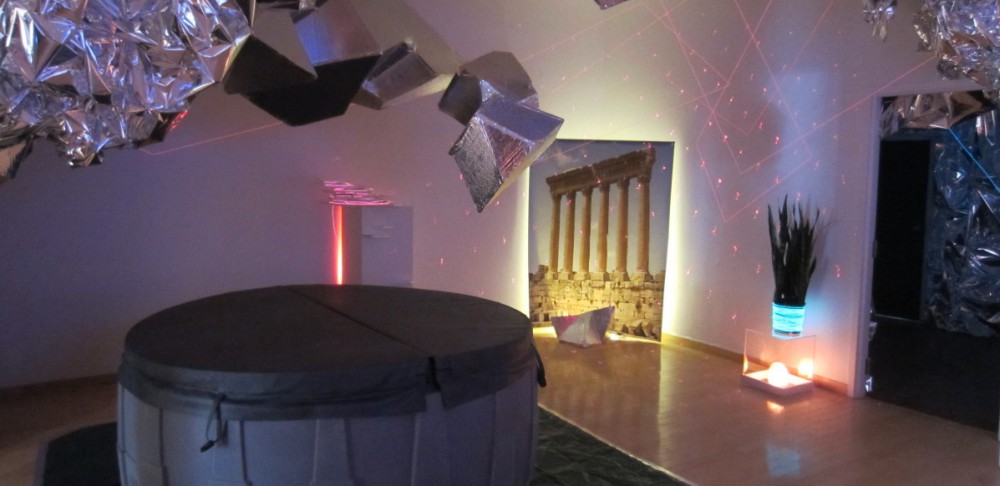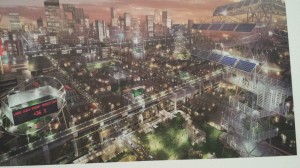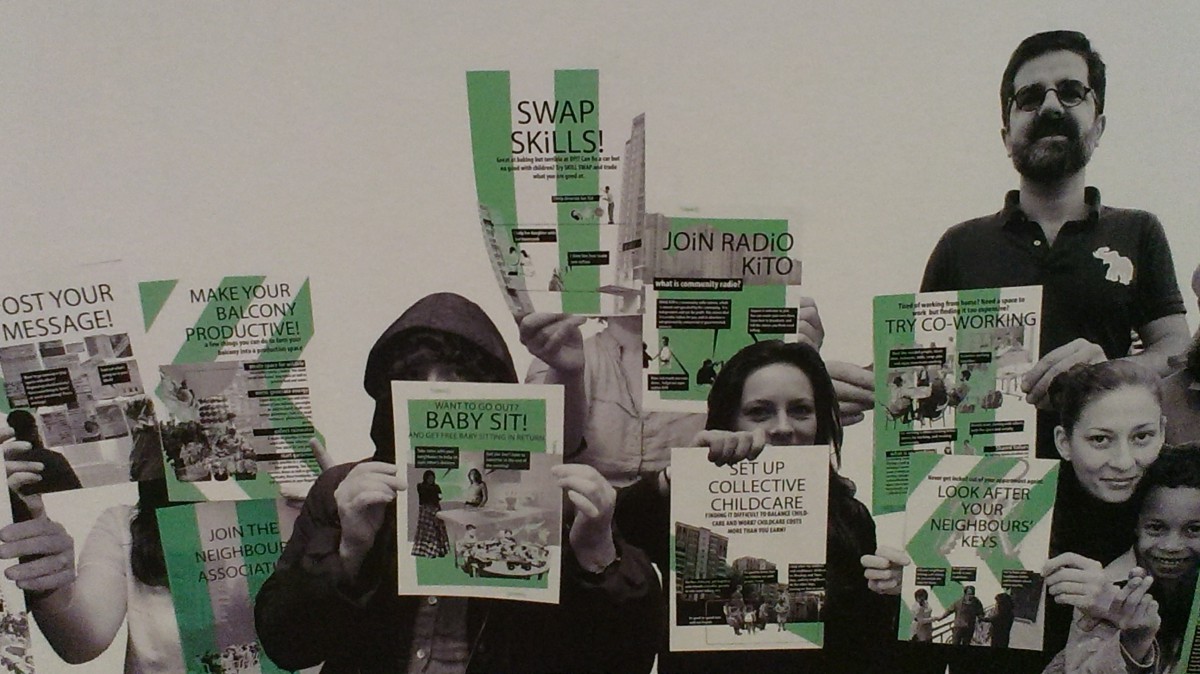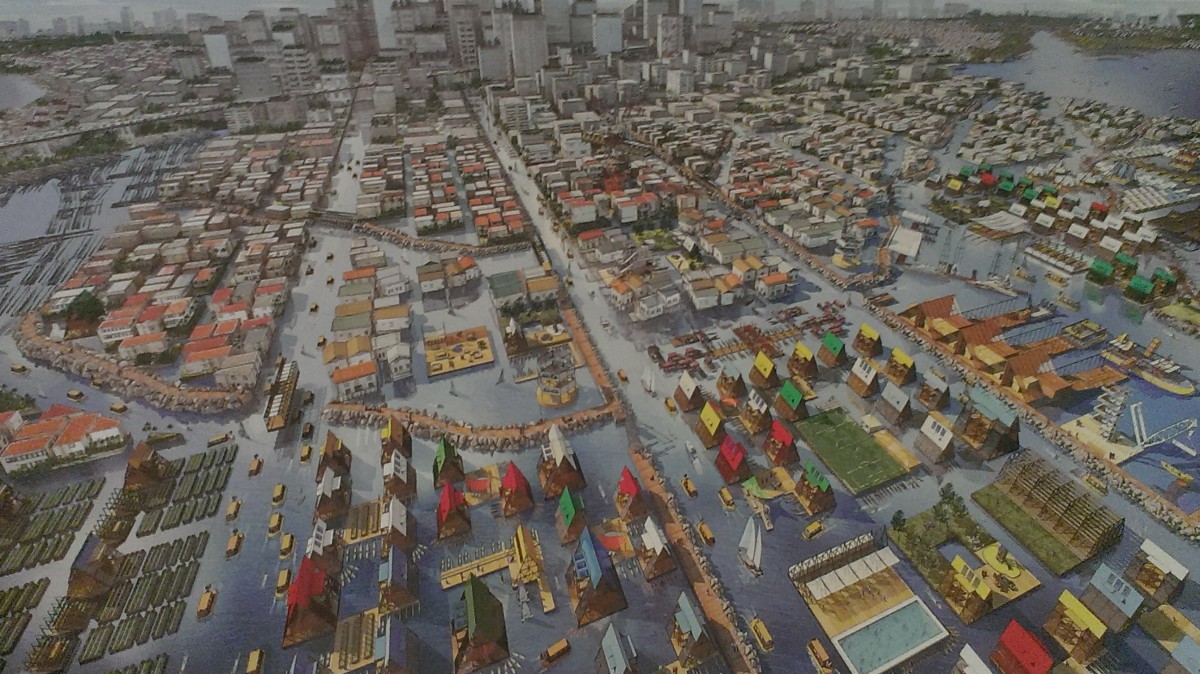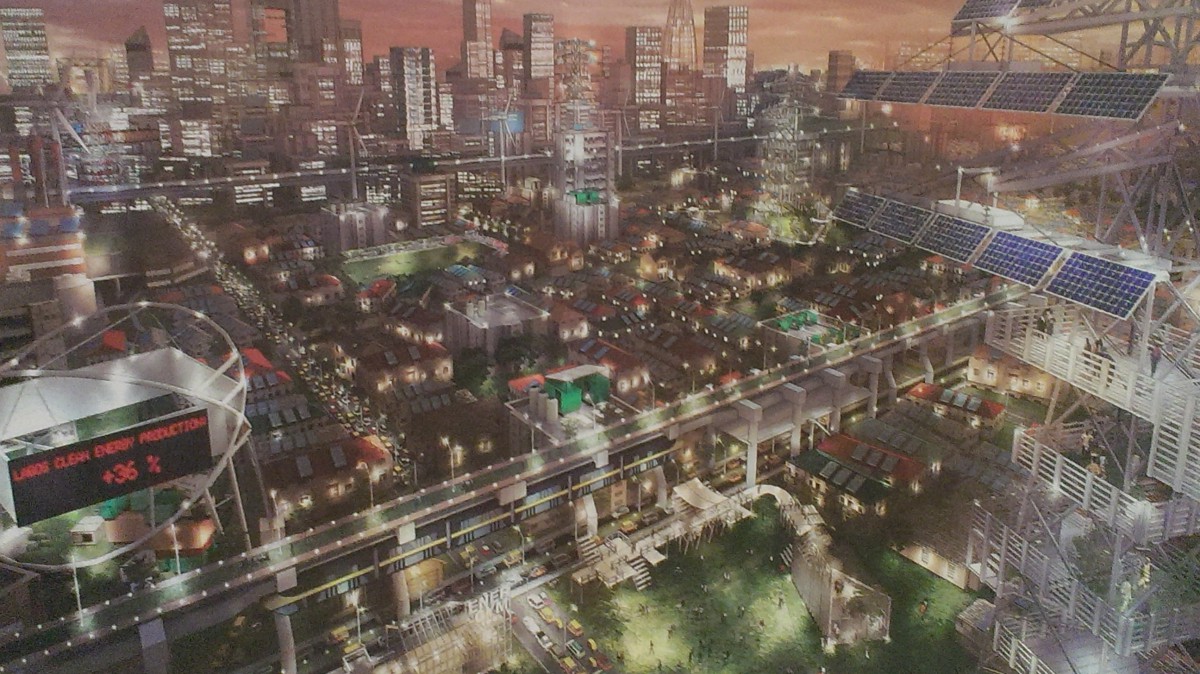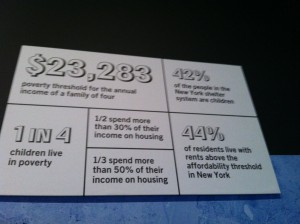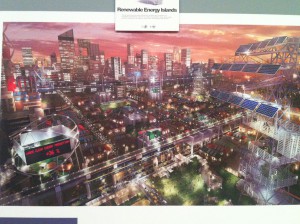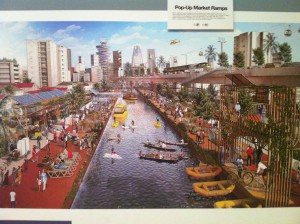It has been a long time since I have visited any Museum. So I write this as someone who does not know what to expect from the Museum. Am I supposed to be wowed? Are the things on display supposed to get me to think? Or am I supposed to enjoy the view? I have no idea. Regardless of what a Museum is suppose to do I will express my thoughts on the exhibition that we were supposed to see.
the exhibit was about the growing population in large cities and how to deal with this problem. It used 6 different cities as the focal point and worked on how to solve the problems that exist in them.
I can say that I was not wowed. From an aesthetic view, it was ok. It did kind of get me thinking. Most of the ideas brought forth were pretty cool, tackling the problems in a creative way. They seemed like the ideas that would exist in utopia societies where everything is perfect and works together exactly as its supposed to. Perhaps I am cynical, but I don’t think a lot of these ideas will be doable. For instance the one in Istanbul. Their idea was to form apartment blocks into self sustaining communities where the people pitched in. Individuals had to rise up and take responsibilities. This seems like a very unlikely prospect to me. Do we really think that people will put in the effort to help each other out like this? I find it naïve of the designers to think so. It is possible that it will happen, but it relies too much on the motivation and effort of the people living there.
The ideas presented for Hong Kong seemed very idealistic. Creating man made islands, each one serving a different purpose. This idea seemed straight out of a sci fi story, especially the idea of constructing some kind of floating tanker filled with alleys, pipes, and gutters. Its supposed to be some kind of recreational location. Its definitely not going to devolve into a place for serial killers. It probably won’t get that bad, but still, it just seems weird.
I am not sure if exhibits are supposed to be interactive, but the exhibit was not very interactive. most of it was reading and looking at pictures. The reading gave insight into the thoughts behind designing these projects, as well as the pictures. It did not really come off as something that would be in a Museum though. I don’t want to be too critical because I am not someone who visits museums a lot, not to mention when I think of Museum I think of ancient stuff and I forgot that this is the Museum of MODERN art. For all I know, it was a good Museum piece.
